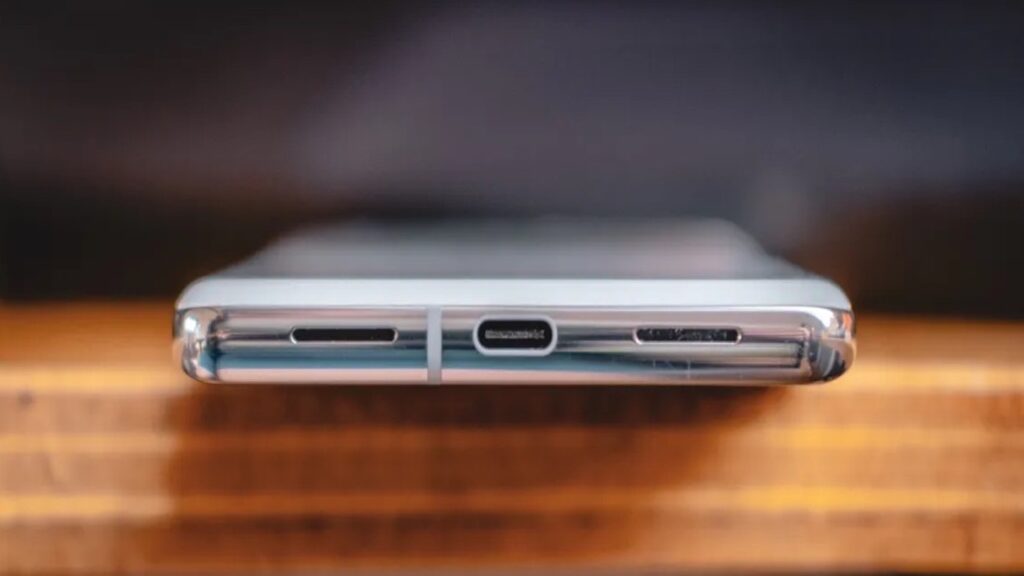As Google consistently pushes the boundaries of its Pixel phone series, we’ve been keeping a close eye on what’s to come. From the Pixel Fold to the Pixel Tablet, Google’s innovation has been nothing short of relentless. The chatter now is that the forthcoming Google Pixel 8 and its enhanced Tensor G3 SoC will incorporate fresh features that could potentially elevate the mobile experience for power users.
Pixel 8 and the desktop mode
Our source within Google gives us something to look forward to – USB DisplayPort alternate mode support, a much-anticipated advancement. With this feature, the Google Pixel 8 and Pixel 8 Pro are set to redefine what’s possible with a mobile device.
Decoding USB DisplayPort alternate mode
When USB-C made its debut in 2014, many saw it as a sleek, reversible plug that offered a speed bump. But the USB-C had a far-reaching vision behind its creation – versatility and extensibility. It introduced alternate modes to provide a range of applications, replacing dedicated ports and obsolete DC charging plugs with its multi-purpose capabilities.
Two crucial alternate modes – ThunderBolt and DisplayPort – have significantly impacted the device-connectivity landscape. ThunderBolt supports various applications like PCIe transmission, fast data transfers, and audio and display outputs. DisplayPort, even without ThunderBolt, enables devices to output high-resolution video to an external display.
Pixel 8’s potential use of DisplayPort
While specifics about Google’s plans with DisplayPort are hazy, we can infer a few possibilities from existing coding patterns. Transforming a smartphone into a desktop alternative is one such promising use case, providing users the convenience of light office work through their handheld devices.

This isn’t a novel concept – Motorola’s ATRIX in 2011 offered a similar function. More recent endeavors include Samsung DeX and Motorola’s “Ready For” feature, both turning smartphones into virtual desktop experiences.
Our source indicates that Google might be following suit. The recent Android 14 betas showed support for USB-C DisplayPort Alt Mode and hinted at desktop mode improvements. This finding, coupled with Google’s ongoing efforts to enhance physical keyboard support, suggests a potential Pixel desktop feature.
These revelations make the Google Pixel 8 a highly-anticipated release. The inclusion of DisplayPort alternate mode, however, is still speculative. We remain hopeful and excited to see how Google may leverage this technology.
So what do you make of these potential enhancements in the Google Pixel 8? We’re curious to hear your thoughts. Please share your comments and opinions below!












